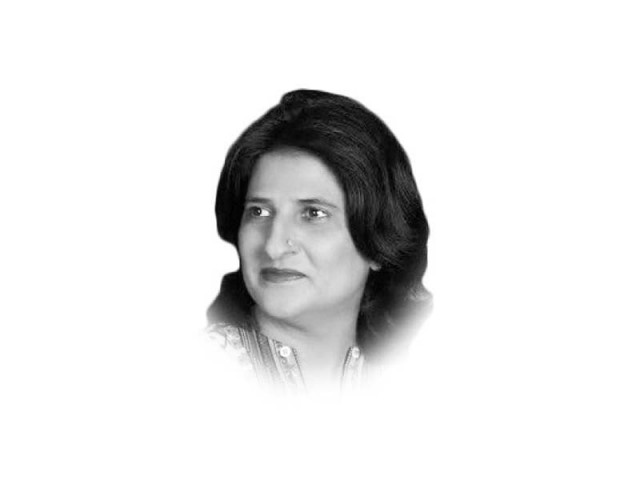From dream to reality: the ambitious IMEC project
A decade later, the US has again taken a significant step toward a better future for South Asia by announcing IMEC

In 2011, the then US Secretary of State Hillary Clinton, while addressing in Chennai, India, announced the New Silk Road Initiative aimed to integrate Afghanistan with Europe via Central Asia to boost trade and economic development. This was the US’s immediate response to China’s BRI. Around the same time, the US also sponsored two energy projects — CASA-1000 and Turkmenistan-Afghanistan-Pakistan-India Pipeline (TAPI) — with the potential to change the regional economy. But the New Silk Road initiative never got off the ground, and CASA-1000 and TAPI were never completed. All three projects were announced to relegate China’s rising influence in Central Asia and Afghanistan.
After almost a decade, the US has again taken a significant step toward a better future for South Asia by announcing India-Middle East-Europe Economic Corridor (IMEC) during the G-20 Summit 2023 in New Delhi. This project promises road, railway, internet, and energy connectivity between South Asia and Europe through the Middle East. IMEC will go through the Arabian Sea from Mumbai to Jabal Ali Port Dubai and then through the Mediterranean Sea to connect Haifa in Israel with Piraeus Harbour in Greece.
This initiative also pertains to India’s vision of ‘Connect India to Europe’. In the past, India planned to connect its trade with Europe through the South-North Corridor via Iran, Russia and onward. India had a dry test of the project with dispatch of wheat to Afghanistan. However, the US announcement of the Indo-US strategic partnership in February 2020 and the Ukraine war changed the situation for New Delhi and its strategic excitement over South-North Corridor died down. Now the US has offered India connectivity to Europe through IMEC.
Linking the UAE with Saudi Arabia, Jordan and Israel with heavy traffic road connectivity and railway tracks will make this project viable and operational. However, connectivity of energy cabling between Mumbai and Dubai and then Haifa with Greece is technically not so simple.
IMEC sets the same targets as ‘Connect India to Europe’ like: generating economic growth through new investments and creating quality jobs; connecting two continents to commercial hubs and facilitating development and export of clean energy; supporting existing trade and manufacturing synergies and strengthening food security and supplying chains; and linking energy grids and telecommunication lines through undersea cables for expanding reliable access to electricity, enabling innovation of advanced clean energy technology and connect communities to secure and stable Internet. It is well-known that global internet cable is already undersea and an energy cable connecting India to the UAE will be a value addition.
India, being in the centre of it, looks forward to bridging Global North with Global South. The Indian media has gone on to articulate this ambition by addressing India as a leader of the Global South. Let’s fact-check this deliberation. The BRI is a revamping project of centuries-old trade routes and India was historically a part of it but when CPEC, a flagship project of BRI, was announced, India decided to not become its part. However, the recent IMEC announcement sounds more like a political idea rather than a tangible economic move because its sole purpose gives a reactionary impression. It looks odd that the US is initiating an economic project with no war attached to it. But if this project gets materialised, which is highly unlikely, its fruits can be enjoyed in the entire region or even regions.
The US policy shift from hegemonic war ventures to Chinese-style win-win cooperation must be appreciated. But that also triggers the same question the West is asking as regards Chinese economic initiatives: China is creating economic hegemony and is a 21st century coloniser. As a matter of fact, China’s entire history has no single incident of colonisation contrary to the West where colonization is so deeply rooted that it has become an organic design of their policy formation.
So if China is colonising Asia and Africa with BRI, will IMEC also be a US’s colonisation project? If the answer is no, then the US is no less than 20 years late and China has a 20-plus years headstart.
Published in The Express Tribune, September 23rd, 2023.
Like Opinion & Editorial on Facebook, follow @ETOpEd on Twitter to receive all updates on all our daily pieces.
















COMMENTS
Comments are moderated and generally will be posted if they are on-topic and not abusive.
For more information, please see our Comments FAQ